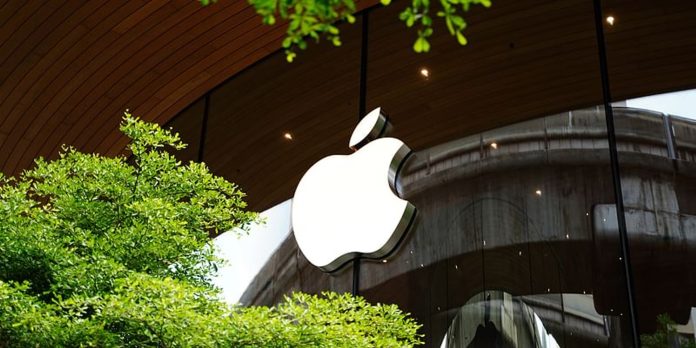Apple’s AI-enhanced iPhone started strong, driving quarterly sales beyond Wall Street expectations. However, a modest revenue forecast raised concerns about sustaining this momentum through the holiday sales season.
Analysts and investors expressed worry over a decline in sales in China during the fourth quarter, which contributed to a 1.4 percent drop in shares during after-hours trading. This decline occurred despite Apple reporting unexpectedly large profits and revenues for that period.
During a conference call, Chief Financial Officer Luca Maestri informed analysts that Apple anticipates overall revenue growth in the low to mid single digits for its fiscal first quarter, which ends in December. Analysts had projected a revenue growth of 6.65 percent, totaling $127.53 billion for the quarter, according to LSEG data.
Apple did indicate that it expects double-digit growth in its services business for the first quarter. This led some analysts to question executives during the call about the potential for a decline in overall hardware revenue.
Executives did not respond to that query or provide any insights into the iPhone’s performance, especially in China, where the new AI features are not yet available. Apple has not announced a timeline for their release.
Before the management call, Tom Forte, an analyst at Maxim Group, linked the drop in Apple’s shares to the fourth-quarter sales in China falling short of expectations.
Forte remarked, “We see the potential for sustained weakness in China.”
Apple reported overall fourth-quarter sales of $94.93 billion, surpassing Wall Street’s target of $94.58 billion, according to LSEG. Earnings of $1.64 per share, excluding a significant one-time tax charge in the European Union, exceeded analyst predictions of $1.60 per share. Sales of Apple’s main product, the iPhone, rose 5.5 percent to $46.22 billion, compared to analyst estimates of $45.47 billion. However, other product lines did not meet expectations.
Apple’s fourth quarter ended on September 28, meaning it included only a few days of sales from the iPhone 16 series, which launched on September 20. CEO Tim Cook told Reuters that sales of the iPhone 16 have outpaced sales of the iPhone 15 during the same period last year.
Cook also noted that customers are downloading the new version of Apple’s iPhone operating system, featuring Apple Intelligence, at twice the rate of the previous year.
“We’ve had great feedback from customers and developers already,” Cook said. “We’re off to a good start.”
AI Strategy
Apple’s rollout of its artificial intelligence strategy, revealed this year, depends heavily on the sales performance of its new phones.
Instead of launching AI as a standalone app or service, Apple has integrated Apple Intelligence into its latest operating systems, introducing features like the ability to rewrite emails in a more professional tone. Most of these features will be available on the iPhone 16 models, which boast more powerful computing chips. The pro versions of the iPhone 15 also support Apple Intelligence. Although some Apple Intelligence features became available this week, others faced delays, raising concerns among Wall Street analysts about whether consumers will be slower to upgrade their devices this year as flagship software features roll out gradually.
In contrast, Apple’s competitors, Microsoft and Meta, announced this week that they expect continued increases in spending to bolster their AI strategies. Apple reported that its payments for property and equipment—a measure of capital expenditures—rose by $2.91 billion from the previous quarter, totaling $9.45 billion.
Apple’s lower spending partly stems from its use of third-party data centers for certain AI tasks. While some elements of Apple Intelligence do rely on the company’s own data centers, Apple leverages its in-house chips to power those features.
“There would be some financial benefit to us by using our own silicon, obviously, but that’s not the reason we’re doing it. We’re doing it because we can provide the same standard of privacy and security that we can provide on device,” Cook stated.
In the services sector, which includes offerings like iCloud storage and Apple Music, Apple recorded sales of $24.97 billion. This figure fell short of analyst expectations of $25.28 billion, according to LSEG data.
Sales from Mac and iPad also missed estimates, coming in at $7.74 billion and $6.95 billion, respectively, against forecasts of $7.82 billion and $7.09 billion.
Apple’s home and wearables division, which features products like the Apple Watch and AirPods, saw sales drop to $9.04 billion, below the anticipated $9.2 billion, according to LSEG.
The company’s earnings per share stood at 97 cents, including the impact of a one-time multi-billion-euro tax payment in Europe.


